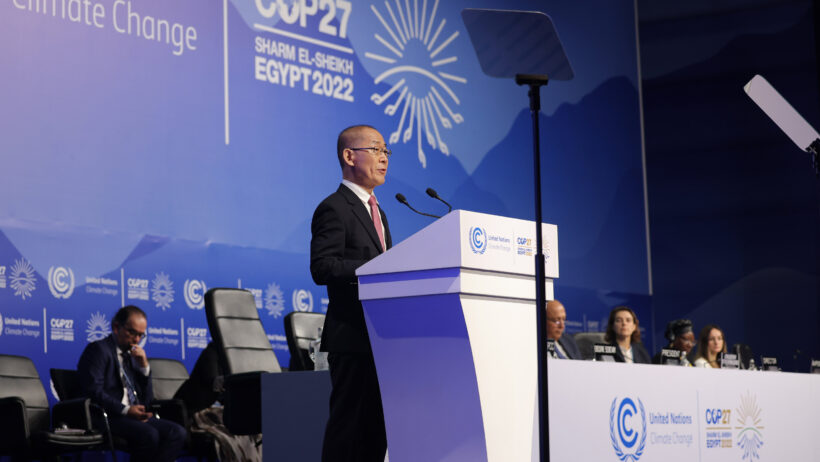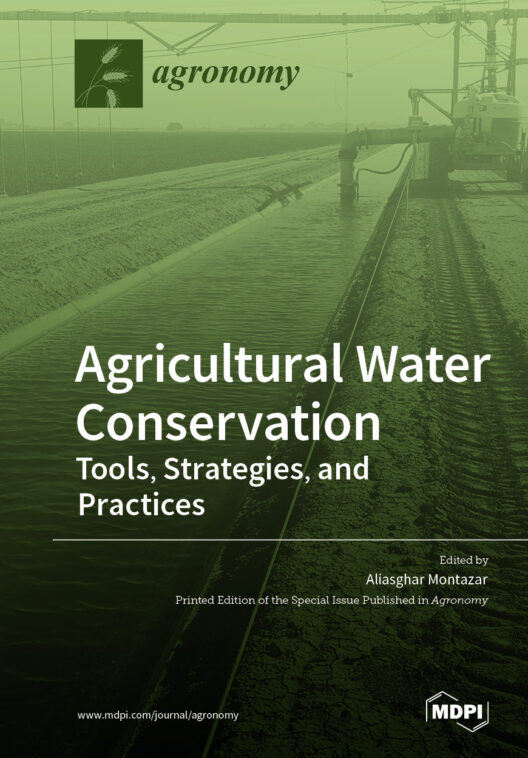Global warming is no longer a distant threat; it is our imminent reality. As global temperatures continue to rise at an alarming pace, the question arises: How long do we really have to rectify this pressing crisis? Scientists predict that we could reach critical global warming thresholds by the early 2030s. This leaves us with a very narrow window to initiate significant changes. Let’s explore the implications of this timeline and the actions necessary to avert the cataclysmic outcomes of climate inaction.
First, grasping the urgency of the situation requires an exploration of the causes of global warming. Anthropogenic factors, primarily the combustion of fossil fuels, deforestation, and industrial processes, contribute to the greenhouse gas emissions that trap heat in our atmosphere. With each passing year, human activities exacerbate the climatic challenges we face, resulting in increasingly erratic weather patterns. Temperatures soar, glaciers melt, and sea levels rise; the evidence is irrefutable.
So, how much time do we have left? Playfully phrased, can we afford to sit back and wait for technology to save us? The reality is stark: any delay in implementing transformative strategies not only reduces our chances for a sustainable future but threatens the very fabric of our ecosystems. The timeline is drawn; the end of the 2020s looms. If we do not commit to rapid decarbonization, we may soon surpass the critical threshold of 1.5 degrees Celsius above pre-industrial levels—the goal established by the Paris Agreement.
As we contemplate our limited timeframe, there is a potential challenge that beckons our attention: the need for collective action. Individual efforts, while valuable, cannot replace the necessity for systemic change. Governments, corporations, and communities must unite in their commitment to mitigating climate change. The question then arises: How do we galvanize significant societal action on a global scale?
One of the foremost solutions lies in the transition to renewable energy sources. Solar, wind, and hydropower offer clean alternatives to fossil fuels. Investing in renewable energy not only reduces emissions but also creates jobs within growing industries. Countries around the world must prioritize policies that incentivize the adoption of renewable technologies. Financial mechanisms, such as carbon pricing or green bonds, can catalyze this transition. On an individual level, citizens can advocate for these initiatives, demanding governmental accountability.
Moreover, energy efficiency represents another critical avenue. Upgrading infrastructure—retrofitting buildings, implementing smart technology, and enhancing public transportation—can drastically reduce energy consumption. By fostering a culture of efficiency, society can significantly decrease its carbon footprint. Urban planning must re-evaluate transportation systems, moving away from car dependency toward sustainable alternatives such as cycling and public transit.
We must also confront another dimension of the environmental crisis: land use and deforestation. The global economy’s relentless drive for agricultural expansion contributes to biodiversity loss and carbon emissions. Rewiring agricultural practices through sustainable farming—an approach that emphasizes soil health and biodiversity—can combat climate change while securing food systems for future generations. Permaculture, agroforestry, and organic farming methods offer sustainable solutions to address both climate and food security.
In conjunction with these strategies, the preservation and restoration of natural ecosystems are paramount. Forests serve as a critical carbon sink. Protecting existing forests and reforesting degraded areas can help absorb atmospheric carbon dioxide. Similarly, wetlands and peatlands must be safeguarded and restored to enhance their capacity to store carbon and support a myriad of species. Community engagement in conservation efforts fosters a sense of responsibility toward our planet.
Education plays a crucial role in addressing the climate crisis. Raising awareness amongst diverse populations can empower individuals to become stewards of the environment. Educational initiatives should highlight the interconnectedness of societal well-being and ecological health. Schools, universities, and community organizations can serve as platforms for disseminating knowledge about sustainability practices. Cultivating a generation that prioritizes planetary health ensures long-lasting change.
Furthermore, global cooperation is essential to successfully tackle climate change. Countries must collaborate in sharing technology, resources, and strategies. International agreements, such as the Paris Agreement, lay the groundwork for a unified approach to climate action. Additionally, wealthier nations have a moral responsibility to assist developing countries in transitioning to sustainable practices. Funding green initiatives in vulnerable regions can mitigate the disproportionate impacts of climate change.
As the urgency intensifies, one cannot help but ponder the question: What legacy will we leave behind? The decisions made within this decade will shape future generations’ relationship with their environment. The clock is ticking, and as the scientific community emphasizes the need for swift action, we must rise to the challenge. Our ability to confront climate change depends on our collective will and commitment to sustainability.
In conclusion, the terrestrial clock is winding down; our window to act is alarmingly narrow. If we are to prevent devastating impacts, an immediate transformation in our energy systems, environmental practices, and societal values is essential. Embracing innovative solutions while fostering cooperation at every level is imperative. Every day that passes without concerted effort heightens the stakes of inaction. The time to act is now, for the earth demands our attention—not just for today, but for the generations that will follow.








